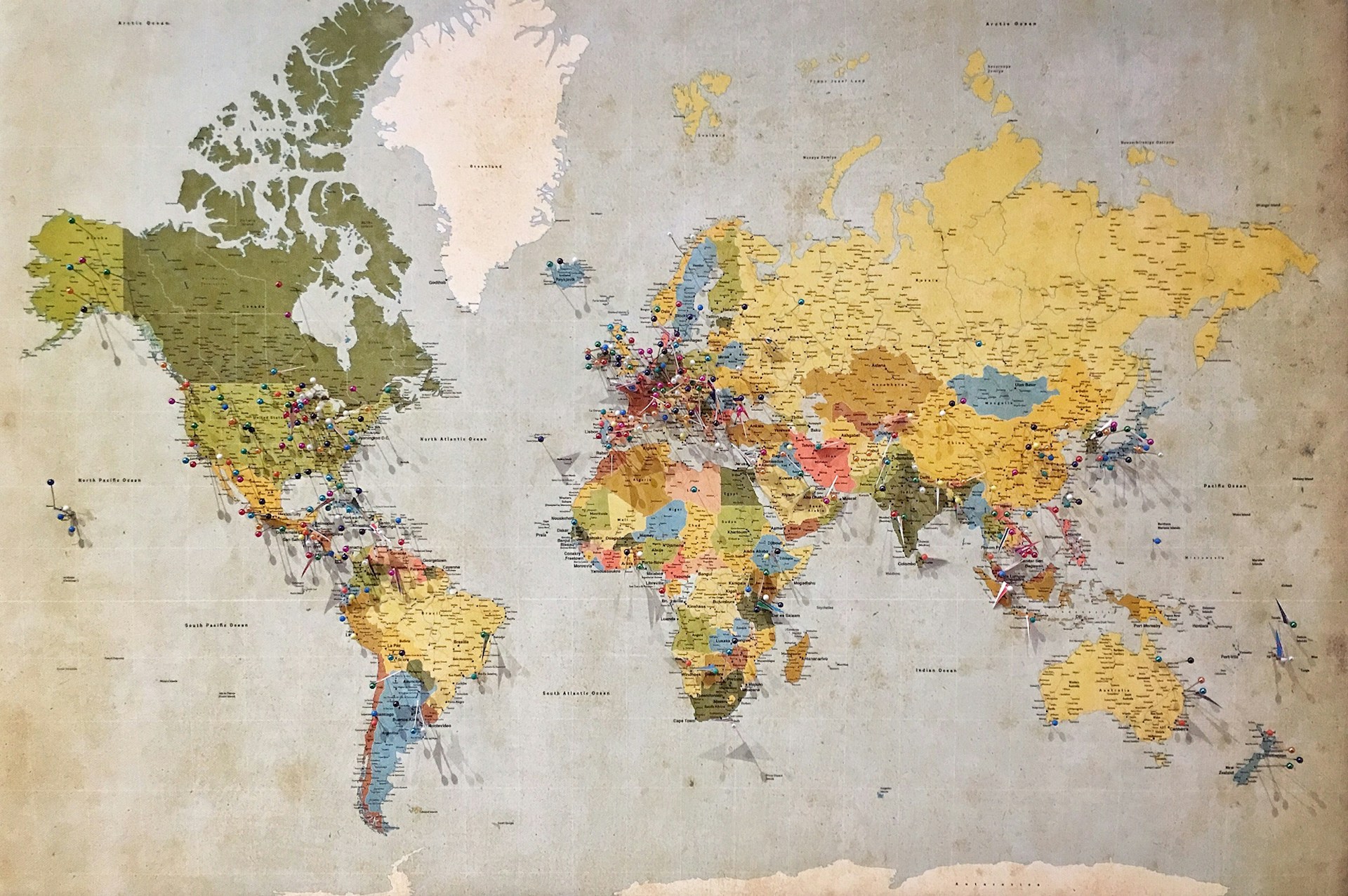Textile machinery: how to find the most promising export markets?
The ExportPlanning indicator of the stage of development of imports signals opportunities in several emerging markets of the sector, not only on longer routes
Published by Marcello Antonioni. .
Development stage of Imports Industrial equipment International marketing Marketselection Conjuncture Export markets Foreign market analysisThe 2024 data on world trade flows allow to document the continuation of the negative cycle in global demand for Textile Machinery1: last year, according to data from Datamart Ulisse ExportPlanning, world trade in the sector recorded an average annual decline of 4.2% in euro values, confirming the declining phase already highlighted in 2023 (-12.5%).
It is therefore a particularly selective international outlook, which requires exporting companies in the sector to be able to identify the best growth opportunities.
Textile Machinery:
which markets are in a phase of structural growth?
With the latest update of the Market Selection-ExportPlanning tool, a new sectoral indicator called “Import Development Stage” has been introduced, which is able to classify each country in one of the three phases of the life cycle of imports of a specific product: Latency, Growth and Saturation2.
This indicator is particularly useful for companies that are interested in expanding, diversifying and optimizing their export destinations, as it allows them to identify those markets in which imports of a given product are in a phase of structural growth.
The following table shows the number of Textile Machinery products in the phase of Import Growth, divided by the main sectors of the sector. To better appreciate the potential of the market, for each country the value of Textile Machinery imports in 2024 is also reported3 (last column of the table).
Textile Machinery:
number of products, by market and segment, in phase of Growth of imports
| Spinning | Weaving | Knitting | Finishing | SUM Segments | Imports 2024 (millions €) | |
| Uganda | 1 | 2 | 4 | 4 | 11 | 4.9 |
|---|---|---|---|---|---|---|
| Honduras | 5 | 1 | 1 | 2 | 9 | 9.2 |
| Tanzania | 2 | 1 | 4 | 1 | 8 | 18.8 |
| Yemen | 4 | 1 | 1 | 2 | 8 | 6.0 |
| Algeria | 1 | 2 | 4 | 0 | 7 | 109.7 |
| Kyrgyz | 2 | 0 | 2 | 3 | 7 | 4.5 |
| Libya | 2 | 0 | 1 | 4 | 7 | 3.9 |
| Tajikistan | 0 | 1 | 2 | 3 | 6 | 19.1 |
| Greece | 0 | 0 | 3 | 2 | 5 | 50.0 |
| Iraq | 1 | 0 | 3 | 1 | 5 | 39.1 |
| Belarus | 0 | 1 | 3 | 1 | 5 | 34.9 |
| Kazakhstan | 2 | 1 | 0 | 2 | 5 | 27.7 |
| Nepal | 2 | 1 | 1 | 1 | 5 | 19.7 |
| Paraguay | 3 | 0 | 2 | 0 | 5 | 11.1 |
| Lao People's Dem. Rep. | 0 | 0 | 2 | 3 | 5 | 10.8 |
| Costa Rica | 2 | 0 | 2 | 1 | 5 | 7.0 |
| Senegal | 0 | 2 | 1 | 2 | 5 | 2.6 |
Source: StudiaBo processing on ExportPlanning database
Note: the table does not include all the segments of the sector, but only the most representative ones4.
Among the markets identified in the phase of Growth of imports of Textile Machinery for a significant number of products (at least 5) of the sector, several cases should be highlighted in Africa (sub-Saharan, such as Uganda, Tanzania and Senegal, but also northern, such as Algeria and Libya), Latin America (Honduras, first and foremost, but also Paraguay and Costa Rica), Asia (central, such as Kyrgyzstan and Tajikistan, and south-eastern, such as Nepal and Laos), the Middle East (Yemen and Iraq), but also Europe (Greece and Belarus).
It should also be noted that in the cases of Uganda, Honduras, Yemen, Kyrgyzstan, Libya, Costa Rica and Senegal, the value of 2024 imports of Textile Machinery (excluding the "Laundry" segment) does not yet reach 10 million euros, thus still being markets with dimensionally limited opportunities.
The markets of Paraguay (11.1 M €), Tajikistan (19.1 M €) and Nepal (19.7 M €) can also be assimilated to these - with 2024 levels of sectoral imports lower than 20 million euros.
In addition, when evaluating the results of the table, it is important to also consider the Country Risk, a variable that significantly affects the reliability of individual markets. This is the case, for example, of countries such as Yemen, Libya and Iraq.
Conclusions
The analysis of markets in the phase of structural Growth for Textile Machinery imports highlights the strategic value of the "Import Development Stage" indicator in the Market Selection. The methodology underlying the indicator allows in fact to assign a higher score to markets with greater opportunities for exports, improving the effectiveness of the ranking of potential markets.
In particular, the usefulness of this indicator is evident in contexts in which it is necessary to adopt geographic diversification strategies of markets, offering concrete and effective support to decisions in the internationalization process.
(*) The cover image of this article was chosen from the website Heritage ACIMIT, created by ICE - Agency for the promotion abroad and the internationalization of Italian companies and ACIMIT - Association of Italian Manufacturers of Machinery for the Textile Industry, thanks to the financial support of the Italian Ministry of Foreign Affairs and International Cooperation.
1) See here the related description table.
2) There are also two other categories: one called “Other” which includes markets that, for a given product, do not have sufficiently clear characteristics to be assigned with certainty to one of the three phases. The other is “Unclassified” which includes countries that, for a given product, do not have sufficient data available on imports or GDP. For further information on the methodology used to build the indicator, you can refer to the article: Market selection: the new "Import Development Stage" indicator to discover the most promising export markets.
3) The measurement of 2024 imports of Textile Machinery is net of the "Laundry" segment, which expresses specific market dynamics.
4) The segments of the sector not considered in the analysis are the following: "Accessories", "Laundry", "Other textile machines".


